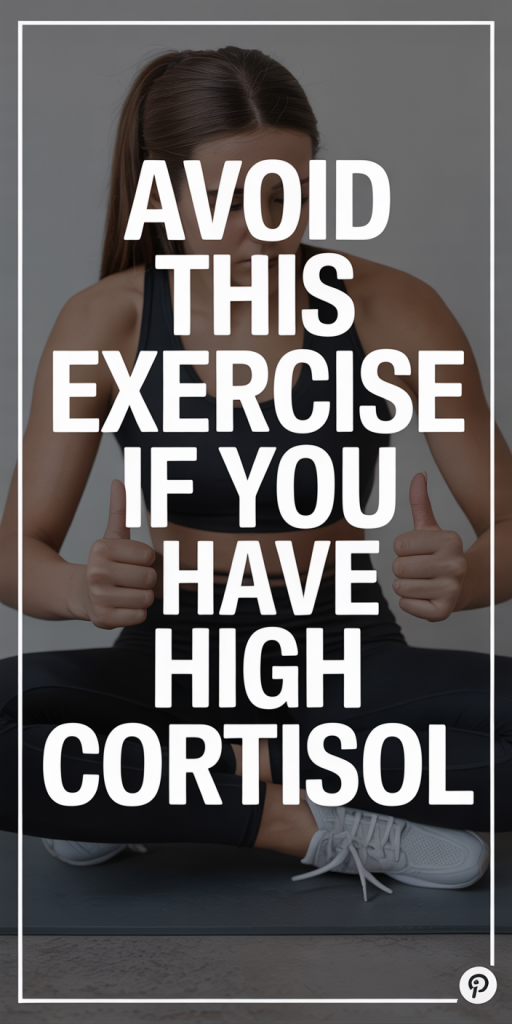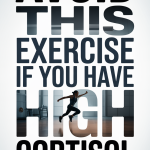Avoid This Exercise If You Have High Cortisol (It Could Be Making Things Worse)
If you’ve been feeling constantly tired, wired, anxious, or stuck in a weight loss plateau—there’s a good chance cortisol is to blame. Cortisol is your body’s primary stress hormone. And while it plays a vital role in energy, focus, and survival, chronically high cortisol can wreak havoc on your health.
From sleep issues and stubborn belly fat to thyroid imbalances and hormonal dysfunction—excess cortisol can silently sabotage your goals.
And here’s the kicker: one popular form of exercise may actually make things worse.
The Worst Exercise for High Cortisol: Long-Duration Cardio
You might think pounding the pavement for an hour or spending 45 minutes on the elliptical is helping you lose fat and relieve stress. But for people struggling with high cortisol, steady-state endurance cardio (like jogging, spinning, or long-distance running) may do more harm than good.
Why?
Because long sessions of moderate to high-intensity cardio trigger an extended stress response. Your body starts pumping out more cortisol to keep you going. In the short term, that’s fine. But if you’re already stressed—mentally, emotionally, or physically—it adds fuel to the hormonal fire.
Research Says:
- A 2014 study in The Journal of Endocrinology found that prolonged aerobic exercise increases cortisol levels, especially in people who already have elevated stress hormones.
- Another study in Psychoneuroendocrinology found that cortisol rises significantly in response to endurance training, while resistance training had a much milder hormonal impact.
If you’re dealing with symptoms of high cortisol (like fatigue, anxiety, irritability, insomnia, or fat gain around the belly), that hour-long jog might be counterproductive.

What To Do Instead: Low-Impact & Cortisol-Friendly Workouts
Instead of trying to sweat out the stress, focus on regulating your nervous system and supporting your hormones. Here are some cortisol-conscious alternatives:
1. Walking (Especially in Nature)
A 30-minute walk, particularly outdoors, can actually lower cortisol and improve your mood.
2. Strength Training (Short & Sweet)
Focus on compound movements, 2–4 times per week, with plenty of rest between sets. Keep sessions under 45 minutes to avoid hormonal overdrive.
3. Yoga or Mobility Flows
Gentle yoga, stretching, or mobility work calms the nervous system and helps rebalance cortisol levels.
4. Pilates or Bodyweight Circuits
Short, low-impact bodyweight sessions can improve strength, stability, and tone without overstimulating the adrenals.
5. Breathwork & Nervous System Training
Techniques like box breathing, vagus nerve stimulation, and guided breathwork are incredibly powerful for calming cortisol.
Signs Your Workout Is Raising Cortisol Too Much
If you notice any of the following after cardio workouts, it could be a red flag:
- You feel more anxious or “wired but tired” afterward
- You’re wide awake at night and sleep poorly
- You crash in the afternoon
- You’re not losing fat, even with regular workouts
- You’re always sore, inflamed, or run down
Final Thoughts
Exercise is important—but when your cortisol is high, more isn’t always better. The wrong type of training can actually stall your progress, drain your energy, and worsen hormonal imbalances.
So if you’ve been stuck in a cycle of overtraining, under-recovering, and still not getting results… it might be time to hit pause on the cardio and take a more balanced, hormone-friendly approach to fitness.







